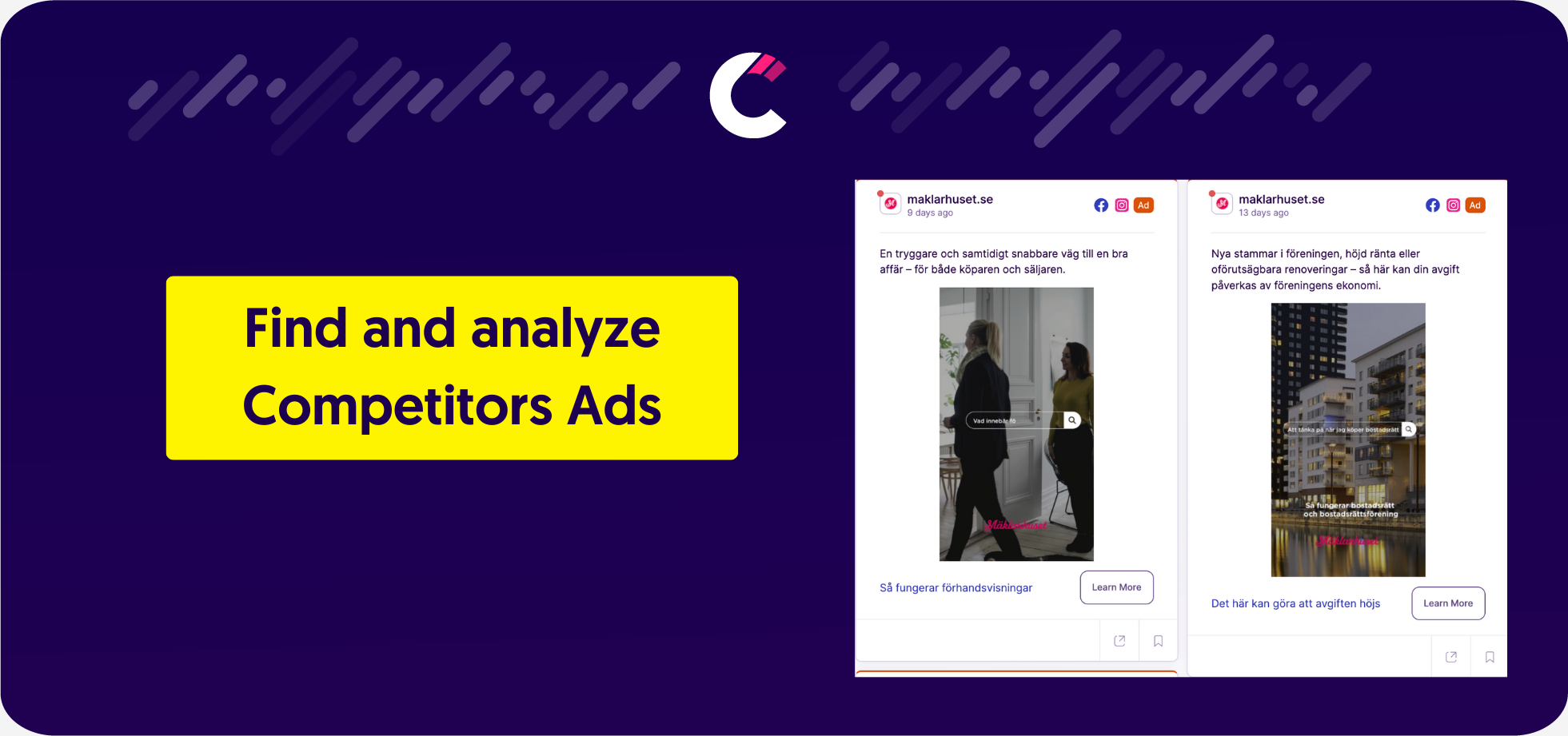
In the world of advertising, staying ahead isn’t just about crafting brilliant ads; it’s also about knowing your competitors’ moves. Competitive analysis in this field is like a game of chess. You need to understand the strategies of your opponents to make smarter moves. This approach isn’t about copying what others do. Instead, it’s about learning from their tactics, identifying trends, and uncovering gaps that your ads can fill. By keeping a close eye on the competition, you can fine-tune your strategies, ensuring your ads are not just seen but are impactful and resonate with your target audience. Here, we’ll dive into the reasons why competitive analysis is a vital tool in your advertising toolkit.

To effectively identify your competitors, engage in a comprehensive competitive analysis. This process involves a deep dive into the market to understand where your competitors stand and to differentiate between direct and indirect competitors. Direct competitors offer products or services similar to yours, while indirect competitors might meet the same customer needs but in alternative ways.
A practical approach is to create a competitive matrix. This tool helps you visualize where each competitor stands in relation to your business, based on factors like product features, market share, and customer base.
Importantly, to streamline this process, consider using a competitor finder tool. We offer a free tool that simplifies this task, allowing you to quickly identify and analyze your competitors. With this tool, you can gain insights into your competitors’ strategies, positioning, and more, providing a solid foundation for your competitive analysis efforts.

To initiate a PPC competition analysis, there are primarily two methods: using a specialized tool or diving into individual platform ad libraries. The most efficient and comprehensive approach is utilizing a tool like Competitors App. This single platform provides an integrated view of your competitors’ ads, gathering them from various sources. This method offers a unified and easy to access dashboard, allowing you to see all ads in one place, which is essential for a thorough analysis.
On the other hand, the alternative method involves visiting each platform’s ad library individually. Platforms like Facebook, Google, and Instagram have their own ad libraries where you can manually search for competitors’ ads. While this approach can provide specific insights, it lacks the convenience and holistic perspective offered by a tool like Competitors App. Manually sifting through different ad libraries can be time-consuming and less effective in drawing comprehensive comparisons and insights.
In summary, using Competitors App for your PPC competition analysis streamlines the process, ensuring you have a complete and accessible overview of the competitive landscape, which is vital for developing informed advertising strategies. In the following sections, we are going to uncover how to track Competitor Ads for each ad platform.
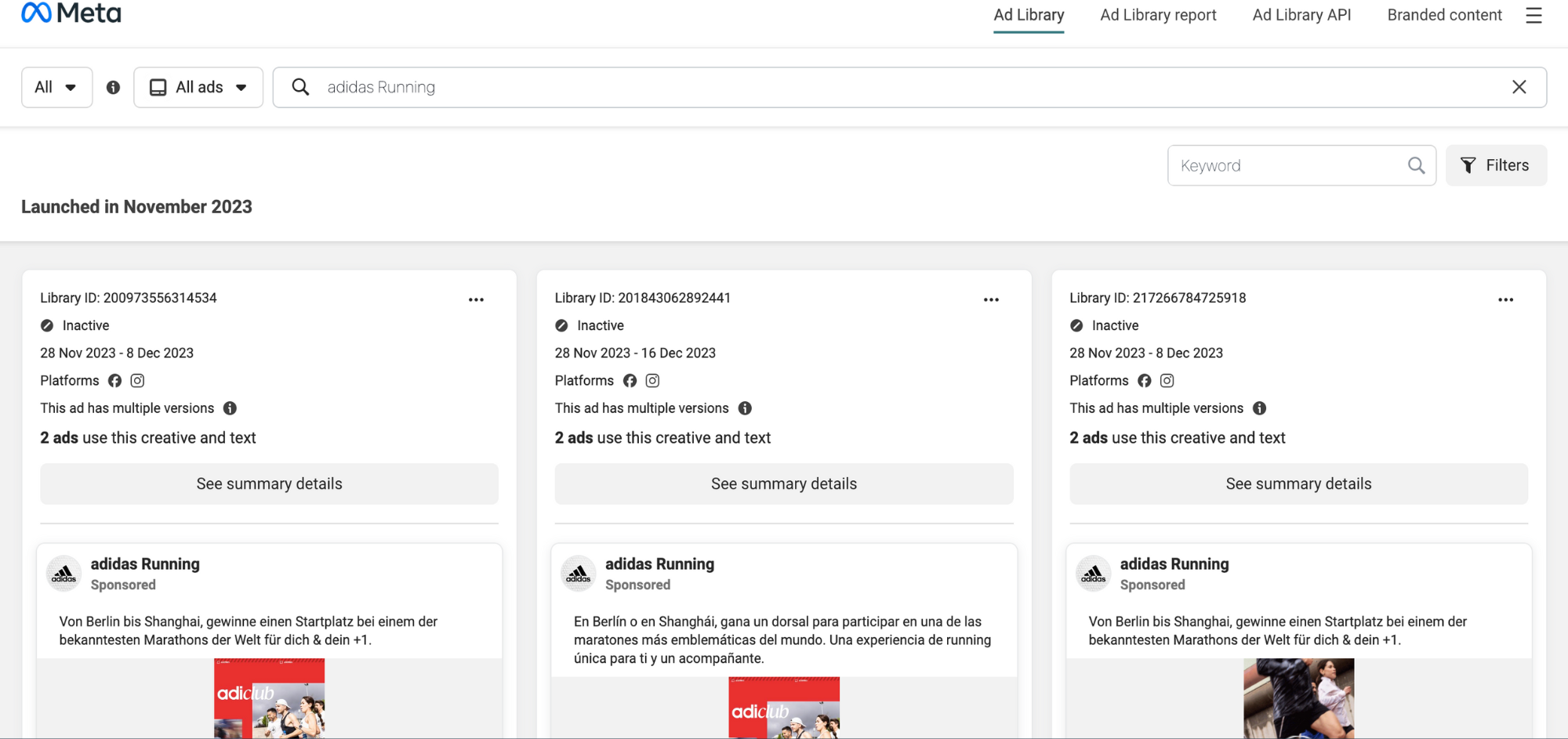
When it comes to uncovering your competitors’ ads on Facebook, you have two distinct methods at your disposal. Each offers unique insights and information about your competitors’ advertising strategies on the platform.
Using Competitors App:
Accessing the Library:
Competitive Analysis:
Granular Data Points:
Regional Search:
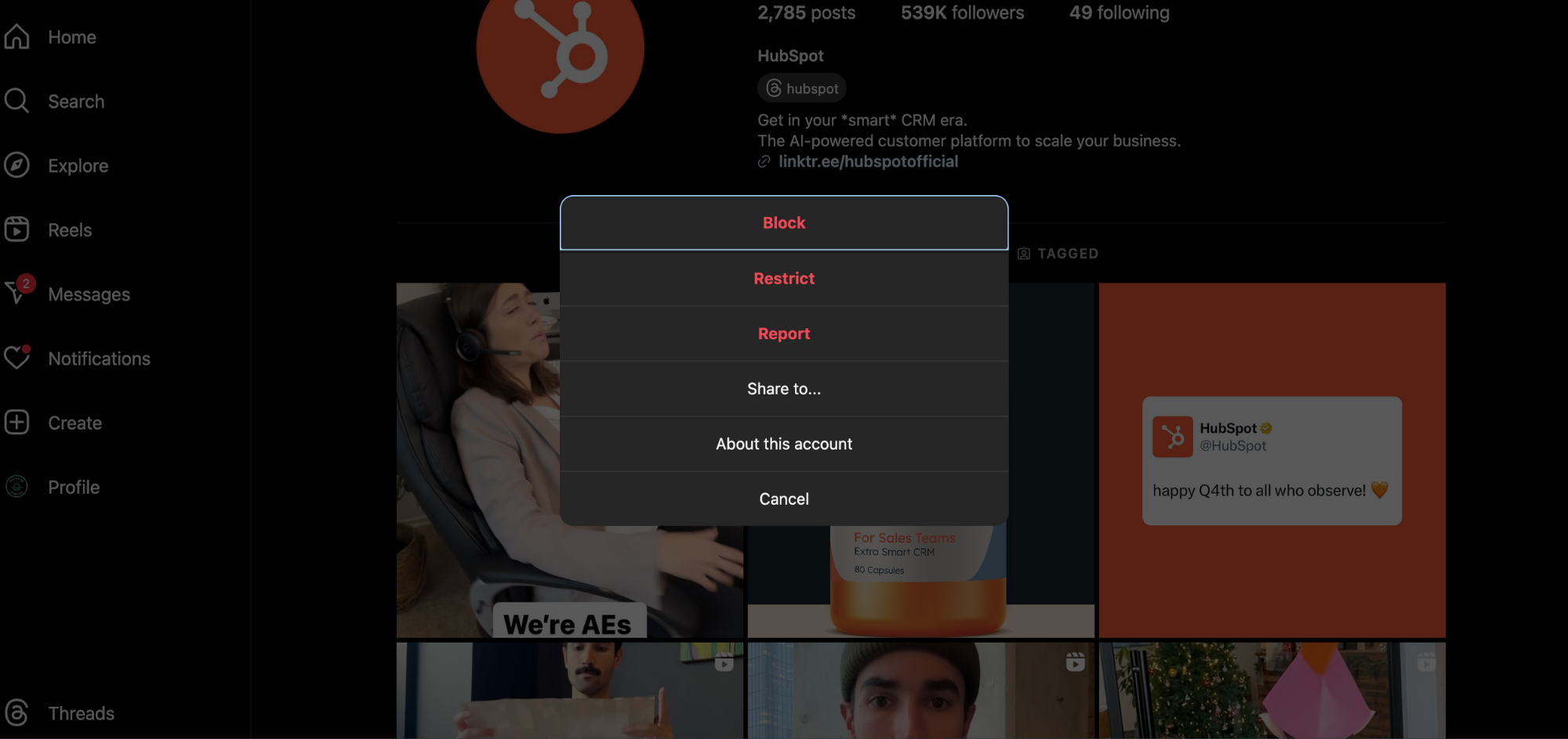
Exploring competitor ads on Instagram can also be approached in two effective ways. These methods provide insights into the advertising tactics your competitors are utilizing on this visually-driven platform.
Using Competitors App:
Using Instagram App:
Direct Access to Meta Ad Library:

Exploring competitor ads on TikTok is maybe the hardest thing to do. TikTok Ads are well hidden and hard to discover but don’t worry. We got you covered. Here are the steps that you should follow:
To locate competitor ads on TikTok:
When using the TikTok Ads Library, if you don’t find what you’re looking for, consider these possibilities:
If your initial search doesn’t yield results, adjust your criteria and try again to better utilize the information available.

To find and track competitor LinkedIn ads, follow these steps:
Alternatively, you can use tools like Competitors App for a more comprehensive and automated tracking of LinkedIn ads. This app monitors various elements, including social media, blog posts, emails, website updates, and ads. It provides real-time notifications of competitors’ activities, including posts, ads, and mentions on LinkedIn, Facebook, Instagram, and Google.
When analyzing competitor ads, consider the ad format (single images, carousels, videos), content strategy (educational, product-focused, testimonial-driven), and the frequency of new ad postings. Remember, the goal is to adapt and blend insights from various platforms, not just to copy competitor strategies. To learn more read our article on how to track competitor Linkedin Ads.
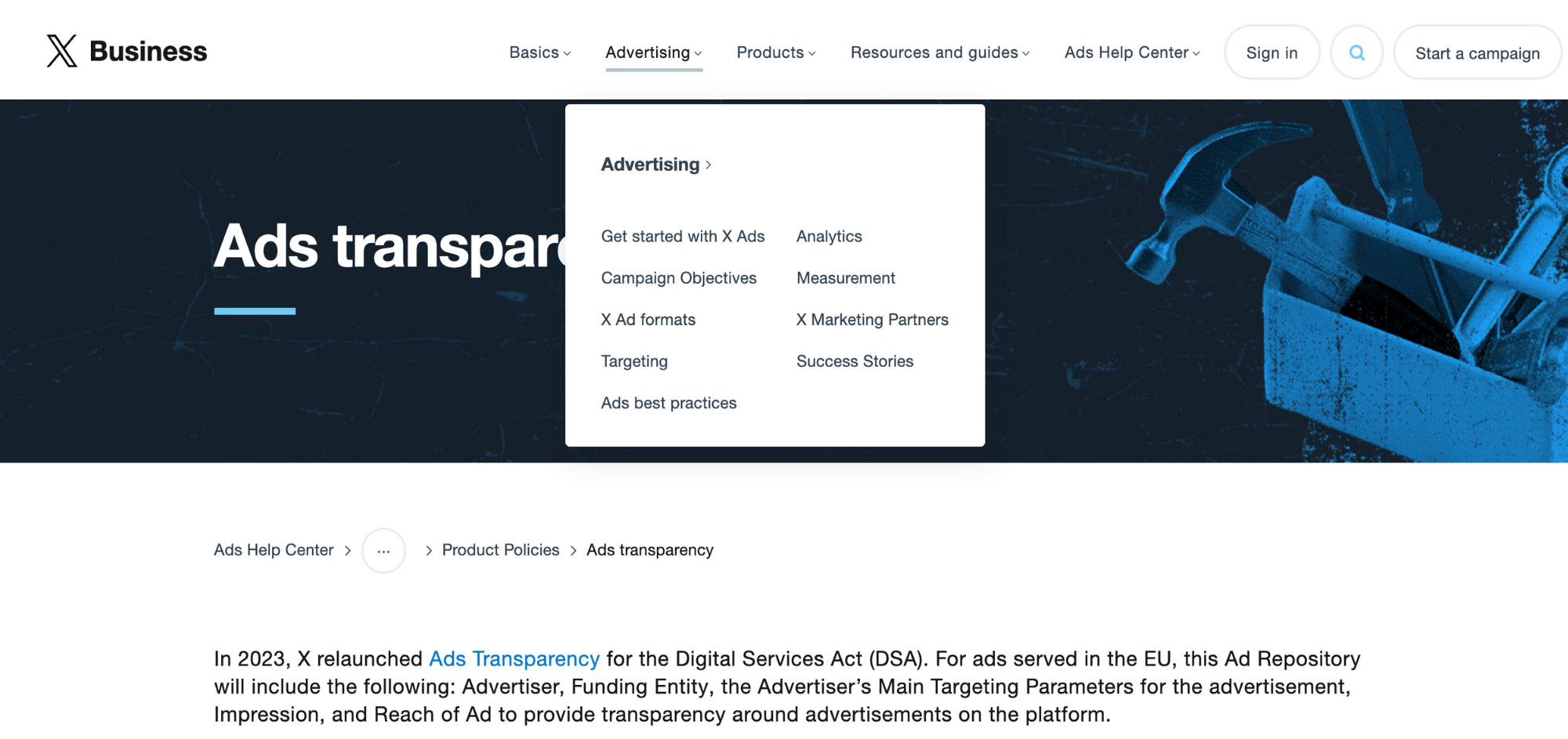
Twitter or X provides a valuable tool for researching competitors’ ads called the Twitter Ads Transparency Center. Although the ads transparency center doesn’t show you exactly the ads that your competitors are running, it’s particularly useful as it can show you how many ads are run by country or industry.
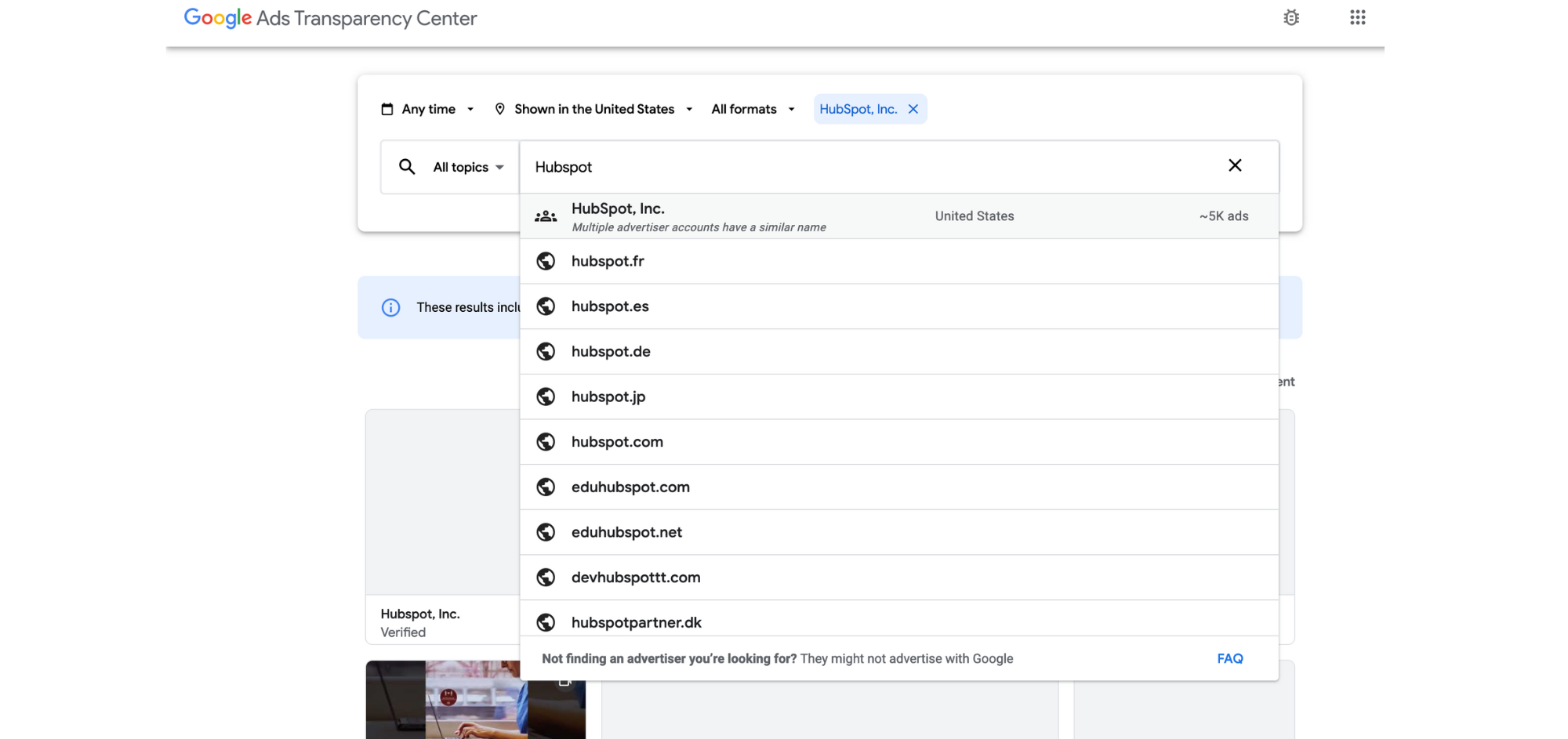
Ever wondered how your rivals capture attention and drive traffic through Google Ads? Unlocking the secrets behind your competitors’ strategies in Google Ads is not just insightful, it’s a game-changer for your own campaigns. By diving into the Google Ads Transparency Center, a treasure trove of competitive intelligence awaits. Here, you can dissect and understand the tactics and creative approaches your competitors employ. This knowledge is power, giving you the edge to refine your strategies, outsmart your competition, and make your ads more effective and impactful.
Monitoring Google Ads of competitors can be efficiently done using the Google Ads Transparency Center. Here’s how:
Direct Search: Begin by opening the Google Ads Transparency Center. Search directly for your competitors. Adjust search settings to focus on specific ad formats, topics, or time frames. The default setting shows ads in all formats across all topics, run during any eligible time frame, and displayed in your local region.
Analyzing Ads: Once you’ve found your competitors’ ads, you can start analyzing them in detail. Click on each ad to view it fully, read the copy, and watch any video assets. This will help you understand how many ads your competitors are running, the nature of their messaging, the types of offers they are making, and where they are placing their ads.
Comparative Analysis: Compare the number of active ads your competitors have with your own portfolio. This comparison can provide insights into their testing strategies or advertising budgets, helping you to reassess and potentially recalibrate your own Google Ads investment.
This approach to monitoring competitors’ Google Ads is vital to understanding their advertising strategies, enabling you to adapt and enhance your own advertising campaigns effectively.
In the arena of Google Shopping, comparing your competitor prices tracking is a strategic move that can significantly influence your performance. Here are key ways to conduct a Google Shopping competitor analysis, based on insights from BrightBid:
Benchmark Against Competitors’ Prices: Understand if your pricing and bidding strategies are effective by comparing them with your competitors. This includes getting a click-weighted average price for each product.
Use an API for Product Price Monitoring: Track Google Shopping product prices in competitors’ offerings by setting up a web scraping API to track SERP results and grab necessary data.
Utilize Ready-Made Tools: Employ product price trackers for Google Shopping. These tools offer user-friendly UI and features for easy price monitoring and automation.
Direct Price Comparison: Leverage Google’s own features for tracking product price drops by enabling it through your Google Shopping experience. This can be particularly useful for products sold within a limited geographical location.
By implementing these strategies, you can gain a comprehensive understanding of your competitors’ pricing on Google Shopping, enabling you to adjust your strategies for better performance and competitiveness.
Analyzing competitor display ads, especially in the context of Google properties, is a crucial part of understanding the advertising landscape. The Google Ads Transparency Center offers valuable insights for this purpose. Here’s how you can use it effectively:
Direct Competitor Search: Begin by searching directly for your competitors in the Google Ads Transparency Center. The default settings cover all ad formats across topics and time frames within your region. Adjust these settings to focus on specific types of ads, such as display ads, or narrow down the time frame for more targeted analysis.
Ad Analysis: Upon finding the ads, view each in full detail. This will allow you to assess the number of active ads your competitors are running, their ad formats, and where the ads are placed, such as on YouTube or other Google properties. A larger number of ads might indicate more extensive testing or higher ad budgets.
Messaging and Offers: Analyze the type of messaging and offers used in competitors’ paid content. This can include examining their approach to positioning, pain points, and the type of offers they run, like scarcity-driven or limited-time offers.
Funnel Stage Targeting: Although the Google Ads Transparency Center does not explicitly indicate the funnel stages, you can infer this from the ads’ CTAs. Determine if competitors are focusing on top-of-funnel or bottom-of-funnel ads and how this compares to your strategy.
YouTube Ad Styles: For ads running on YouTube, analyze if competitors use live-action, animations, or user-generated content, and the use of text overlays or custom captions. This can provide insights into effective video styles and formats for your campaigns.
Conducting a competitor ads analysis involves a multi-faceted approach, examining various aspects of your competitor’s advertising strategies. This comprehensive analysis enables you to understand not just what your competitors are doing, but also the effectiveness of their tactics.

Understanding how your competitors allocate their ad budget is key to deciphering their marketing priorities:

The effectiveness of an ad campaign often hinges on the ad copy and creative elements, so monitoring your competitors ad copy is key to your success:

Evaluating the effectiveness of your competitors’ ads in terms of engagement and conversions is crucial:
Having the right tools for competitor ad analysis can give you a crucial edge. These tools provide insights into your competitors’ strategies, helping you refine your approach and make data-driven decisions. Here are some of the best tools for this purpose, including SEMrush, SpyFu, and Competitors App.
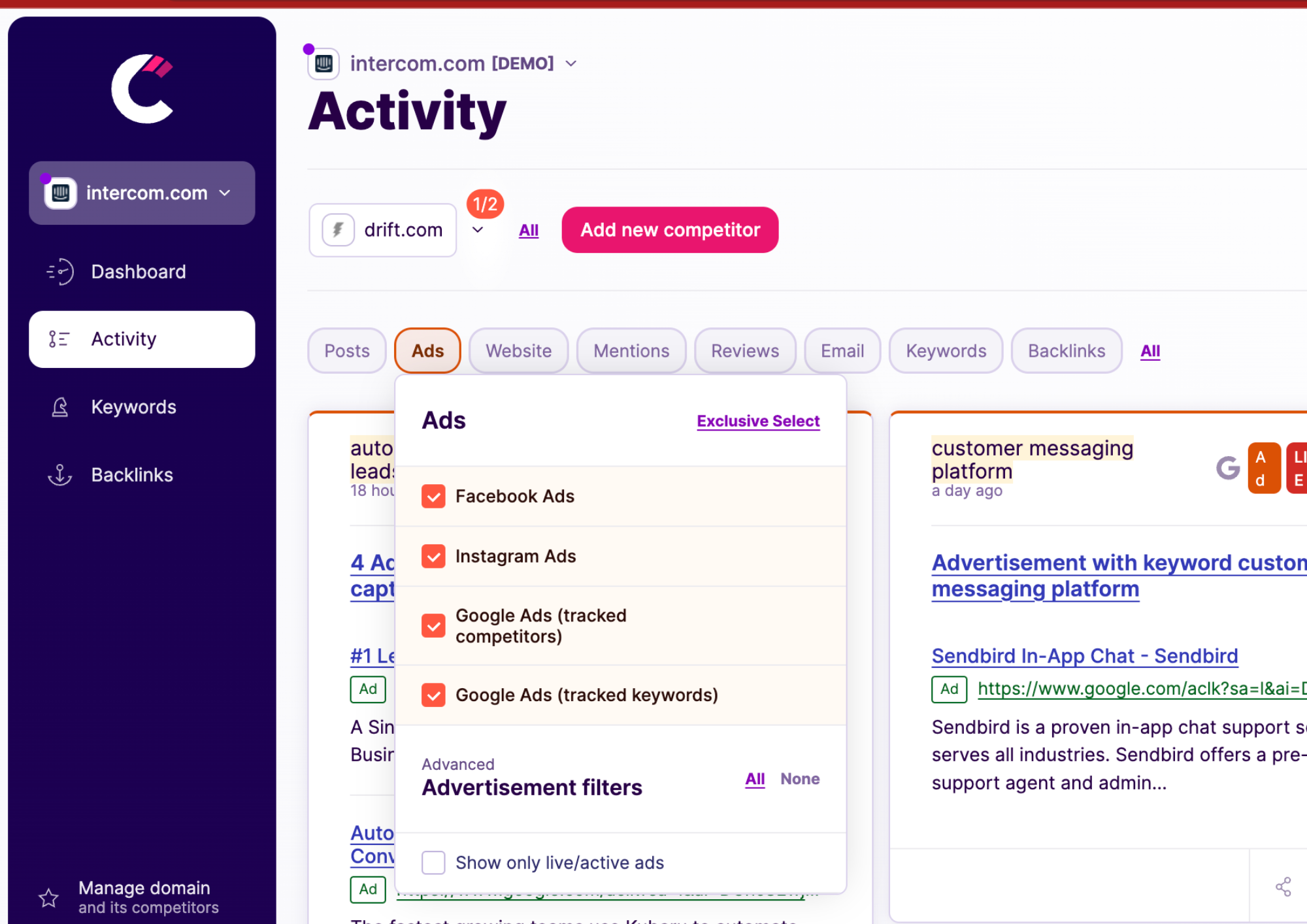
Competitors App is designed to monitor various aspects of your competitors’ digital marketing strategies. With this app, you can:
When to use Competitors App?
You can use Competitors App when you are trying to monitor your competitive ads against multiple channels. More specifically Competitors App helps you track: LinkedIn Ads, Facebook Ads, Instagram Ads, Google Display Ads and Google Search Ads. It’s the most comprehensive track and if you want to track multiple channels then it’s the ideal choice.
Price
Starts from $19.90/competitor

SpyFu: SpyFu is another powerful tool that focuses on keyword research and competitor analysis. It allows you to:
When to use SpyFu?
SpyFu is ideal for tracking your competitor’s ads on Google. Spyfu provides you with data on your Competitors’ Google Ads and gives you budget estimates which adds another level of intelligence to your reporting.
Price
Starts from $39.90/month

SEMrush: SEMrush is a comprehensive digital marketing tool that offers extensive features for competitor analysis. Although they are not a leader in ads tracking we wanted to include them in this list. With SEMrush, you can:
When to use SemRush?
There are 2 main reasons to use SemRush – real-time data and SEO insights when it comes to competitors’ Google Ads. SEMRush being a huge tool has real-time data that Competitors App and SpyFu lack. Nonetheless, it doesn’t offer a variety of ads but just those on Google and it’s also really expensive. If you want to focus on Google Ads and SEO for your competitive analysis then that’s the only time that it gets a slight edge.
Pricing
Starts from $129.90

Creating a comprehensive report for your competitive ad analysis is crucial for understanding the competitive landscape and informing your marketing strategy. Here are the steps you need to follow to compile an effective report:
Data Collection: Start by gathering data from the tools and methods you’ve used for analysis, such as Competitors App or related Ad Transparency centers, and social media platforms.
Competitive Insights: Highlight insights on your competitors’ ad strategies, including their messaging, creative approaches, target audience, and any unique tactics they use.
Trend Analysis: Analyze trends in competitors’ ad campaigns over time. This can include shifts in their focus, budget allocation, and ad types.
Visual Elements: Incorporate visuals like graphs, charts, and screenshots of competitors’ ads for a clearer understanding.
Actionable Recommendations: Based on your analysis, provide actionable recommendations for your own ad strategy. This could involve adjusting your ad spend, experimenting with new ad formats, or targeting different keywords.
Conclusion: Summarize your key findings and their implications for your marketing strategy.
Presentation: Ensure the report is well-organized, easy to read, and visually appealing for stakeholders to understand and make informed decisions.
This report serves as a vital tool for benchmarking your performance against competitors and identifying opportunities to enhance your advertising efforts.
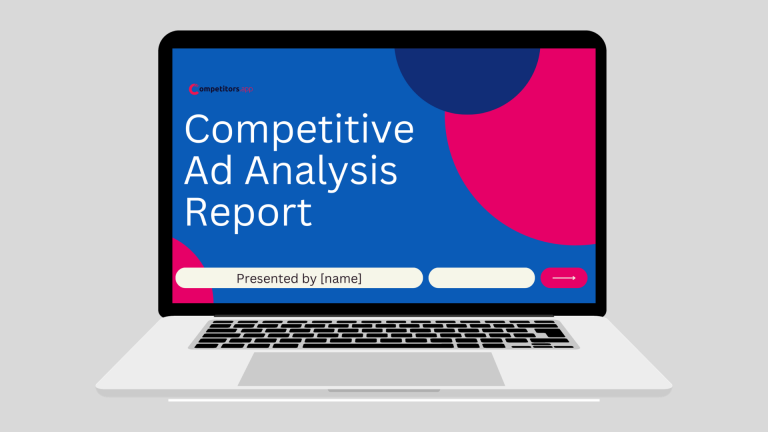

Transforming insights from your competitive campaign analysis into actionable strategies is key to enhancing your marketing effectiveness. Here’s how to do it:
Identify Successful Tactics: Look for patterns in your competitors’ campaigns that yield high engagement or conversion rates. Consider adopting similar tactics that align with your brand. For example, if you notice a competitor’s Google Search ads are using a specific set of keywords that seem to drive high traffic, consider incorporating those keywords into your own ad campaigns.
Innovate Based on Gaps: Identify gaps or weaknesses in your competitors’ strategies and innovate in these areas to gain an edge. A great example is that when you put together the competitor keywords in a Venn diagram you can find out which keywords are the ones that are mostly used and which are used less. Then you can set up two different target audiences for each keyword and increase your spending accordingly.
Refine Targeting: Adjust your targeting strategies based on insights about audience preferences and behaviors identified in your analysis. If a competitor’s Facebook ads target urban areas effectively, you might refine your Facebook ad targeting to focus on similar urban demographics, but with different messaging or offers.
Optimize Ad Spend: Reallocate your ad budget to emulate the successful aspects of competitors’ campaigns while maintaining your unique value proposition. If analysis shows competitors are successfully using retargeting ads on LinkedIn, consider reallocating a portion of your budget to LinkedIn retargeting while maintaining your primary ad channels.
Test and Iterate: Implement new strategies in a controlled manner, testing their effectiveness and iterating based on the results. Launch a small Google Ads campaign with a similar structure to a successful competitor’s campaign. Analyze its performance and adjust the ad copy or targeting based on the results.
Monitor Results Continuously: Continually monitor the performance of your campaigns against the new strategies and adjust as needed. If the new Google Ads campaign shows an improvement in click-through rate or conversions, expand the strategy to other campaigns and continuously track their performance for ongoing improvemen
By applying these steps, you can effectively leverage the insights gained from analyzing competitive campaigns and turn them into successful marketing actions.

Monitoring competitor ads is an essential aspect of a robust marketing strategy, but it comes with its own set of challenges and common pitfalls:
Overemphasis on Competitors: Focusing too much on competitors can lead to neglecting your own unique value proposition and brand voice.
Misinterpreting Data: Misunderstanding competitors’ strategies based on incomplete data can lead to ineffective or misguided campaign adjustments.
Reactionary Strategies: Rapidly changing your strategy in response to competitors’ actions without a long-term plan can disrupt your marketing consistency and brand message.
Ignoring Context: Failing to consider the context and reasons behind competitors’ strategies can lead to copying tactics that may not be effective for your brand.
Legal and Ethical Boundaries: There’s a thin line between competitive analysis and unethical practices like copying ad content directly, which can lead to legal issues.
Resource Allocation: Spending too much time and resources on competitor analysis can detract from other important marketing activities.
Avoiding these pitfalls involves a balanced approach, where competitor analysis informs but does not dictate your marketing strategy, ensuring that your unique brand identity remains at the forefront.
Building on the awareness of common pitfalls in monitoring competitor ads, it’s crucial to approach your competitor ads analysis with a strategy that not only avoids these challenges but also optimizes the insights gained. Conducting this analysis effectively requires more than just observing what competitors are doing; it involves a deep, analytical dive into their strategies to extract meaningful data that can shape your own advertising efforts. Here are three tips that will help you make your competitor ads analysis not just an exercise in observation, but a cornerstone of your strategic planning.
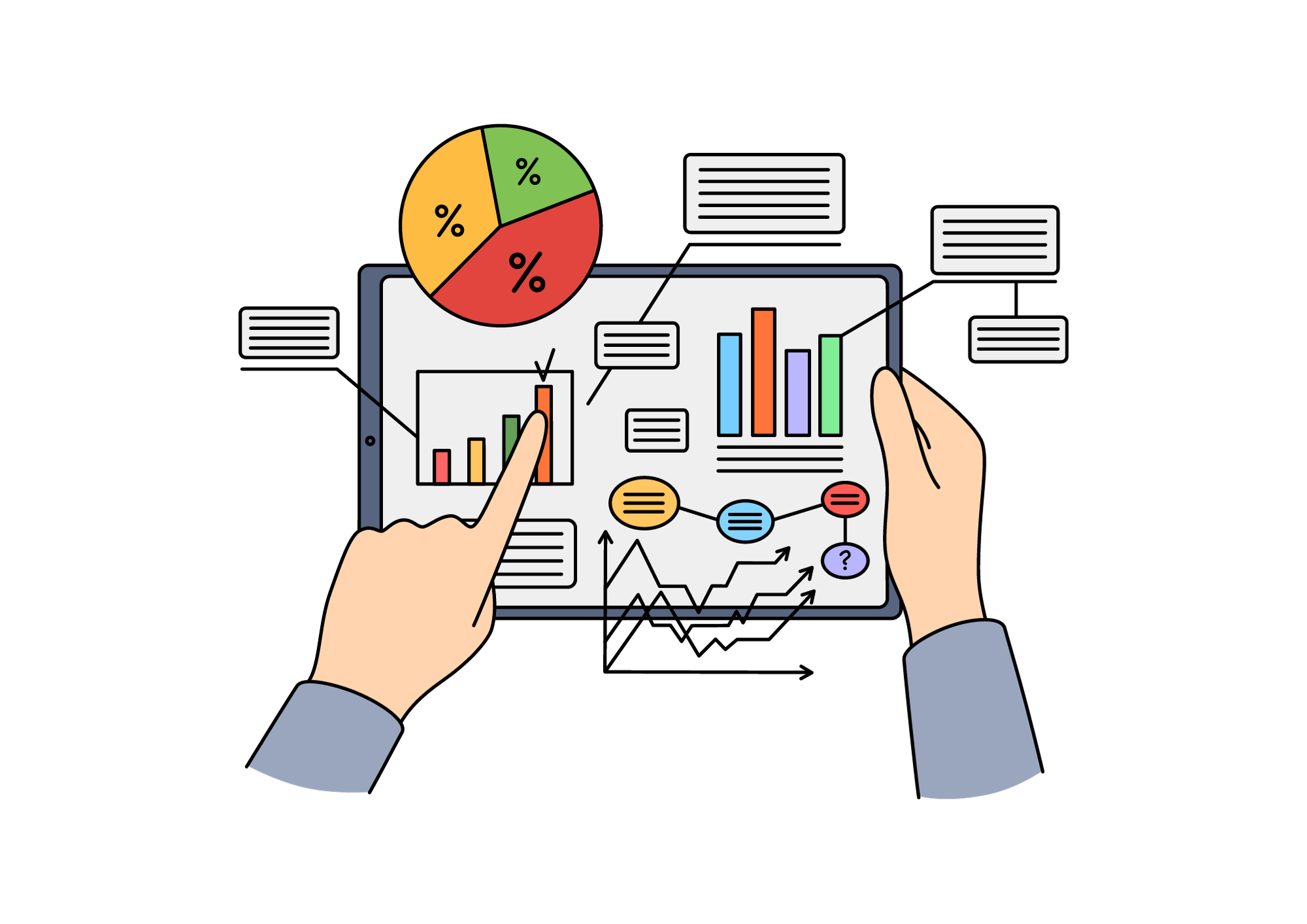
Rely on a variety of tools and sources for data collection. Utilize digital marketing tools like Competitors App, SpyFu, and social media, but also consider customer feedback and market trends to get a comprehensive view.
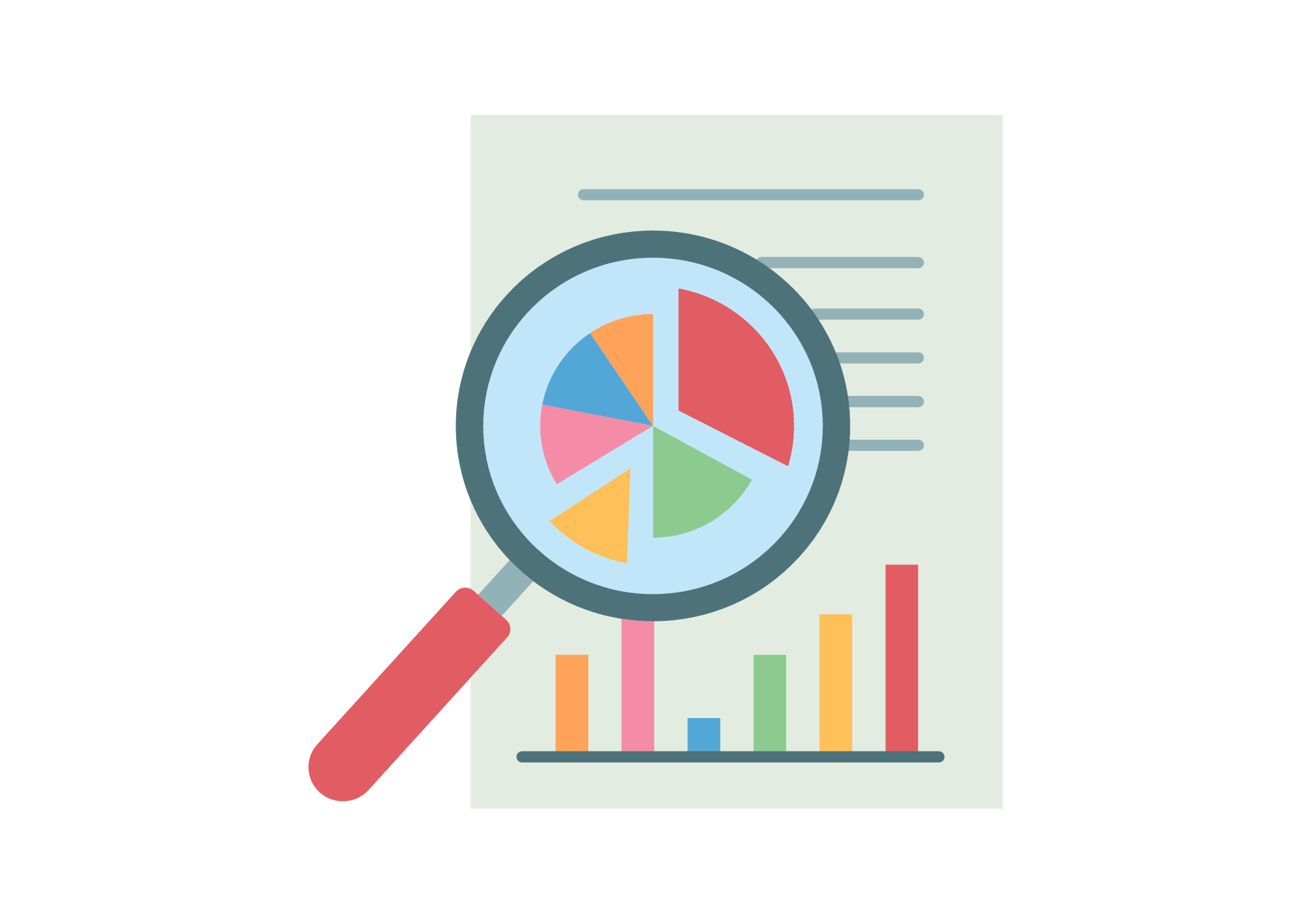
Analyze competitors' strategies objectively. Focus on data-driven insights and avoid personal biases that might skew your analysis.
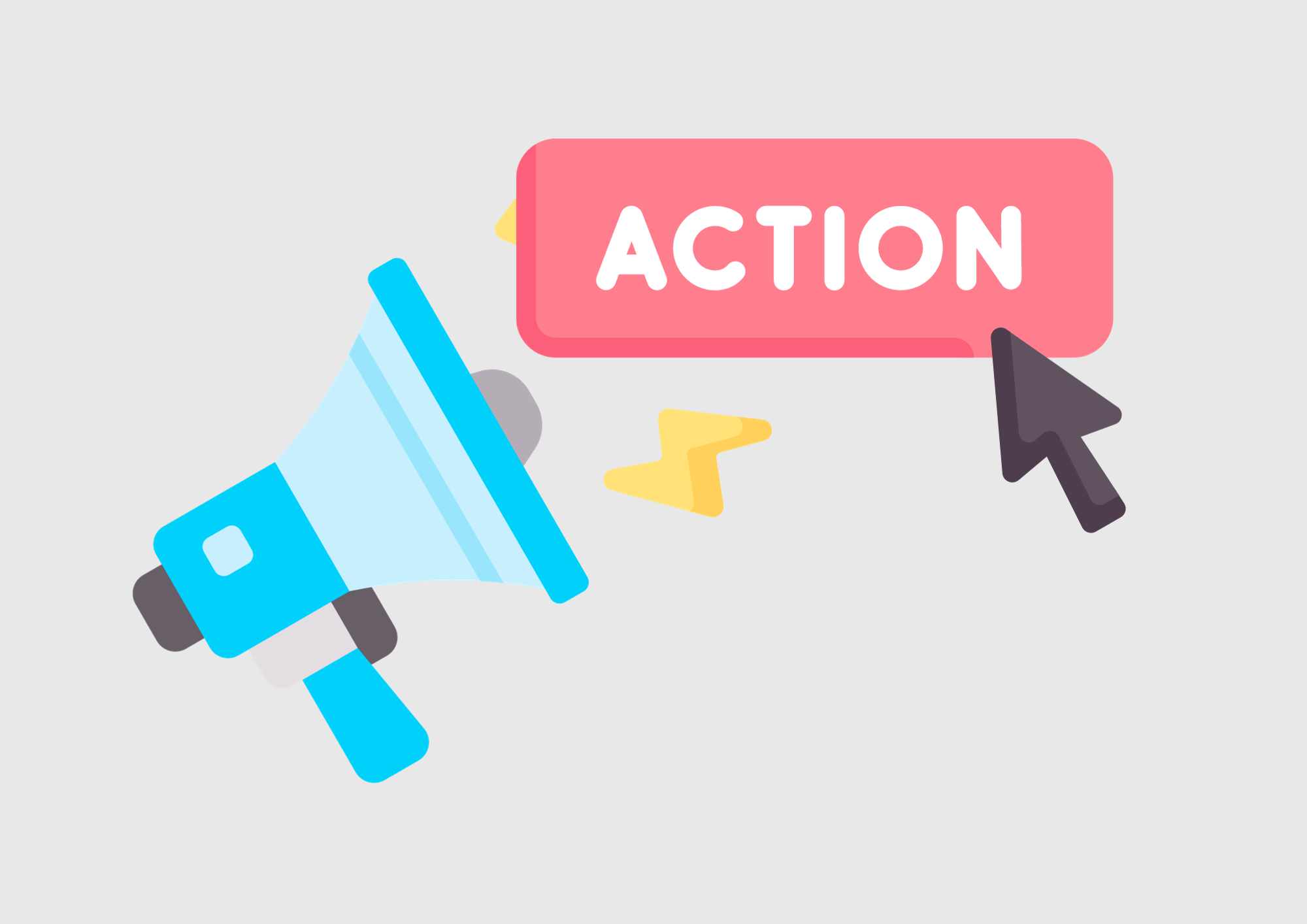
Always aim to extract actionable insights. Identify specific elements like ad copy effectiveness or channel performance that you can directly apply or test in your campaigns for tangible improvements.
In conclusion, mastering competitor ad analysis is an invaluable skill in today’s digital marketing landscape. By understanding the importance of competitive analysis, efficiently identifying competitors, and utilizing a range of tools and strategies, businesses can gain critical insights into the advertising tactics of their rivals. This knowledge not only helps in refining your marketing strategies but also in staying ahead of market trends and audience preferences. Remember, the goal is not to imitate but to innovate based on what you learn. With the right approach and tools, competitor ad analysis becomes a powerful asset in your marketing arsenal, driving your campaigns towards greater success.
The frequency of analyzing competitor ads can vary based on your industry and the dynamism of the market. Generally, a monthly review is a good practice for most industries. However, in fast-paced sectors like technology or fashion, bi-weekly or even weekly analyses might be necessary to stay current with trends and shifts in advertising strategies.
Yes, there are free tools available for ad analysis. Google Ads Transparency Center, Facebook Ad Library, and Twitter Ads Transparency Center provide insights into competitors’ ad campaigns without cost. Additionally, tools like Competitors App offer limited free access for competitive analysis during their trial so you can track your competitor ads for 15 days.